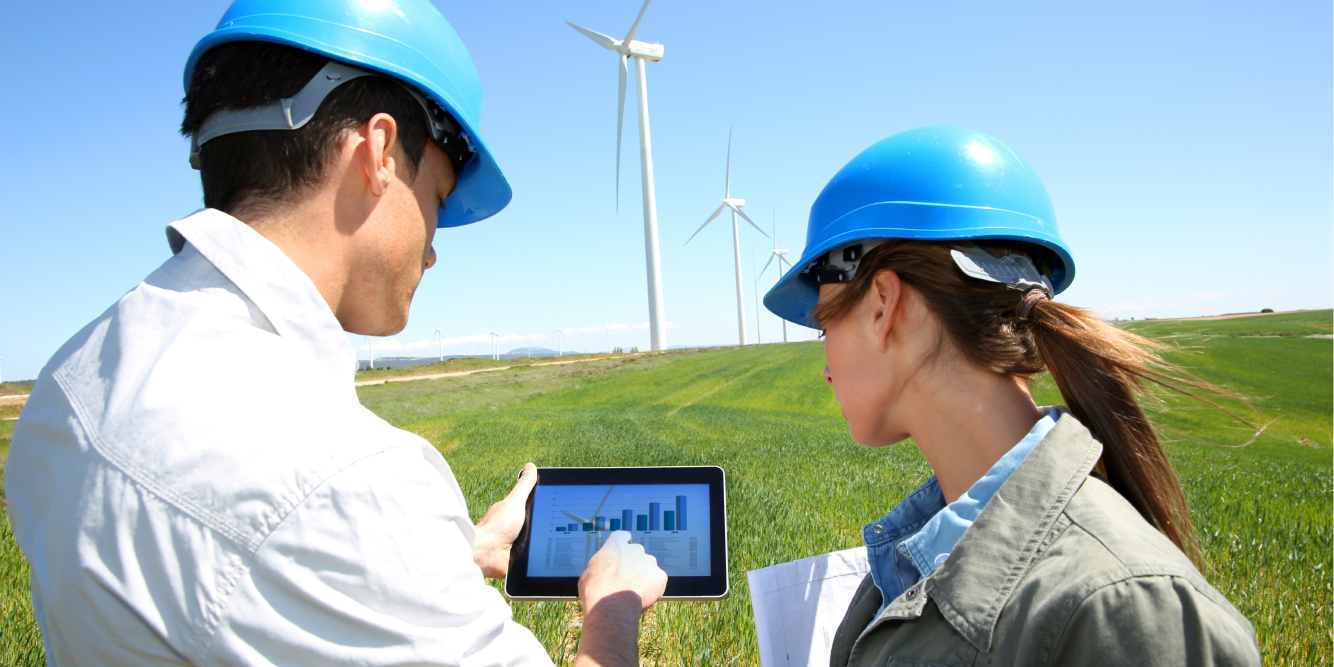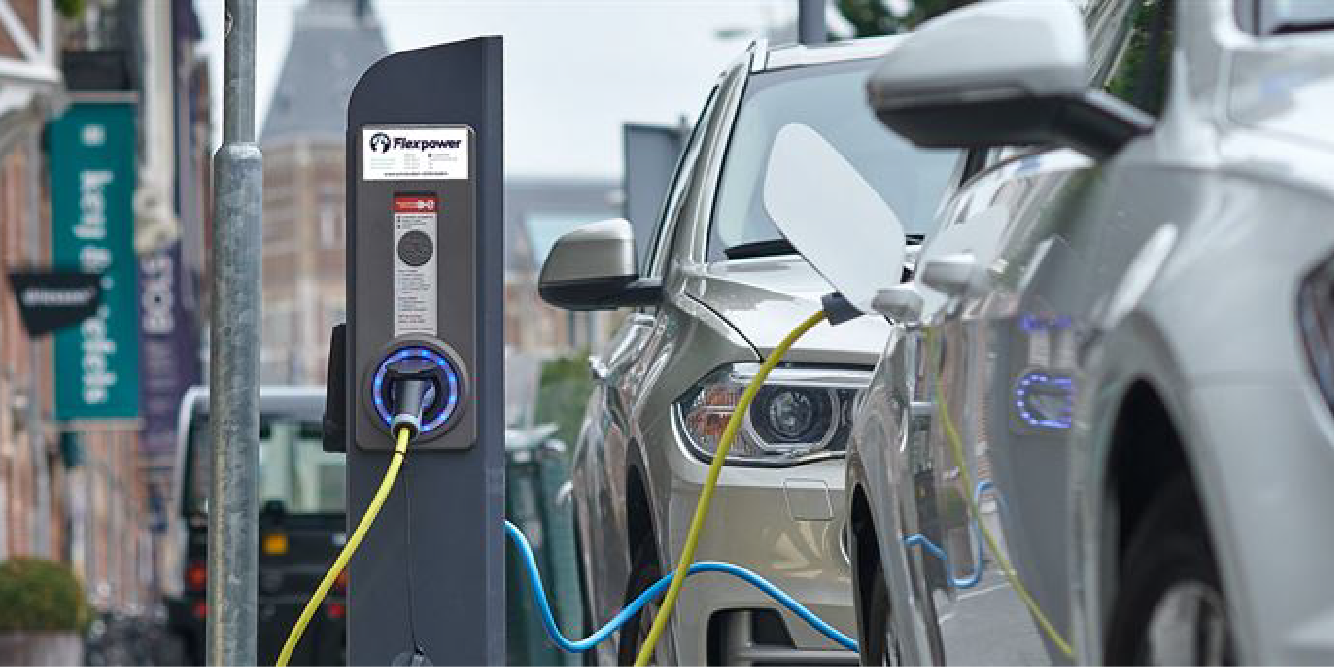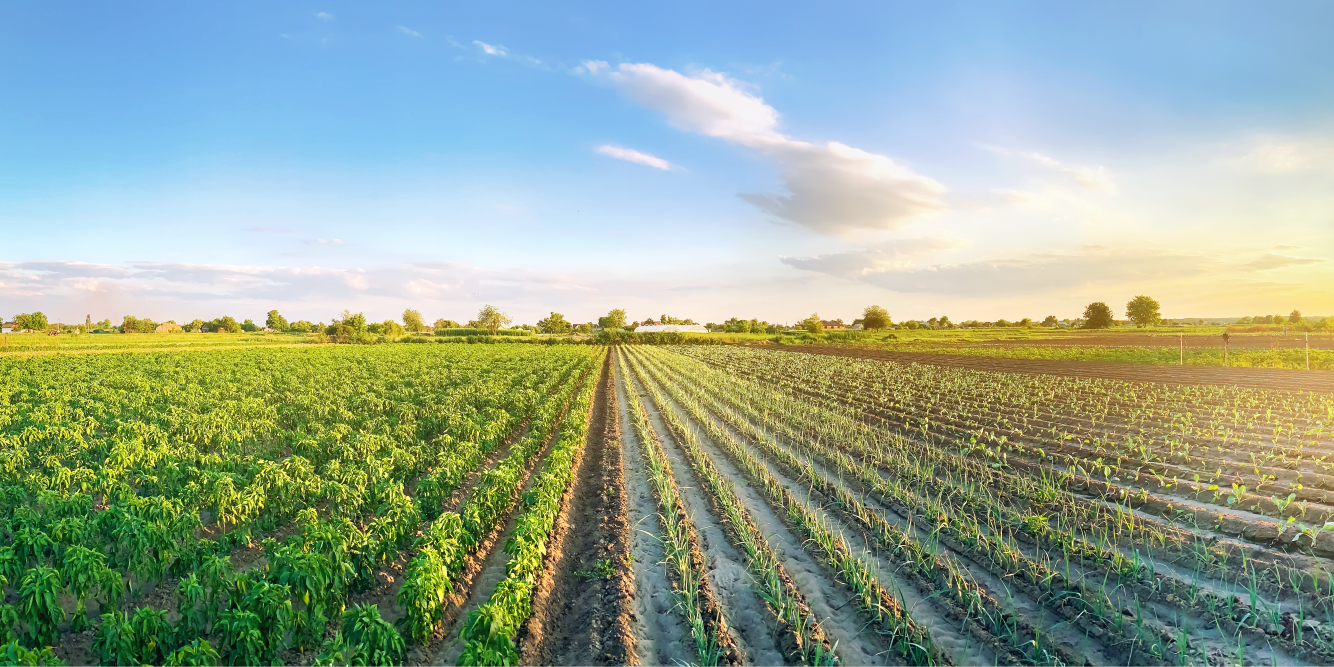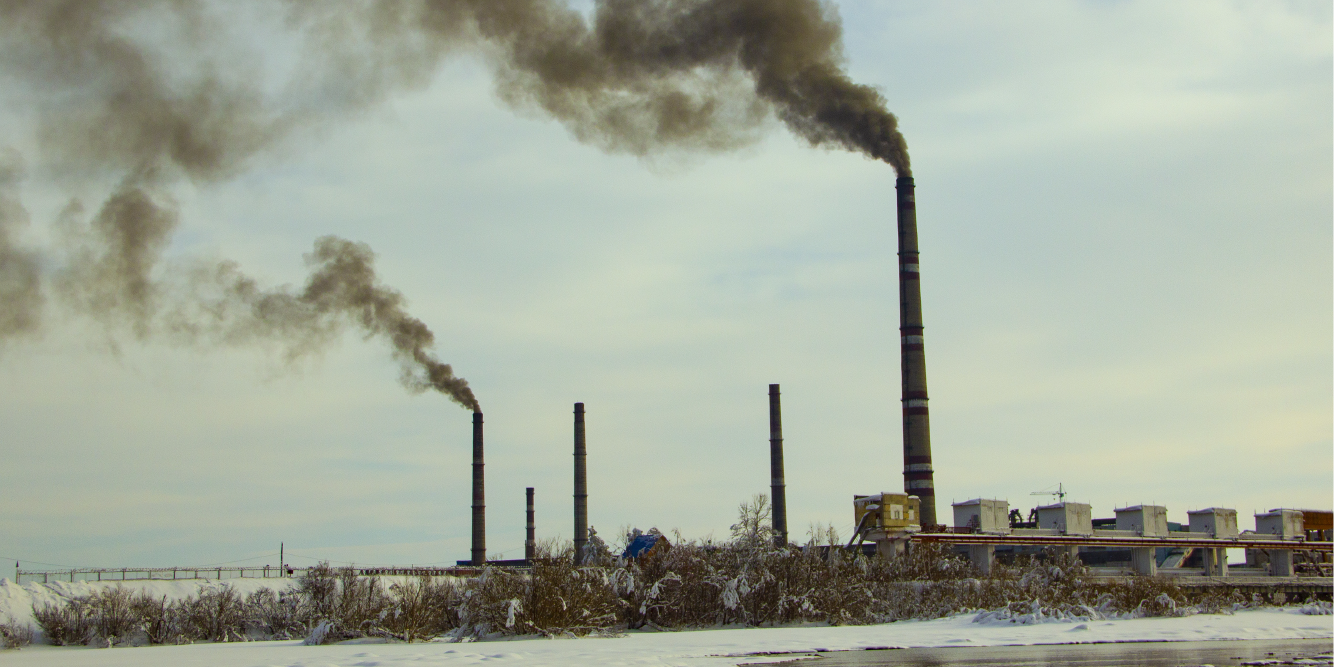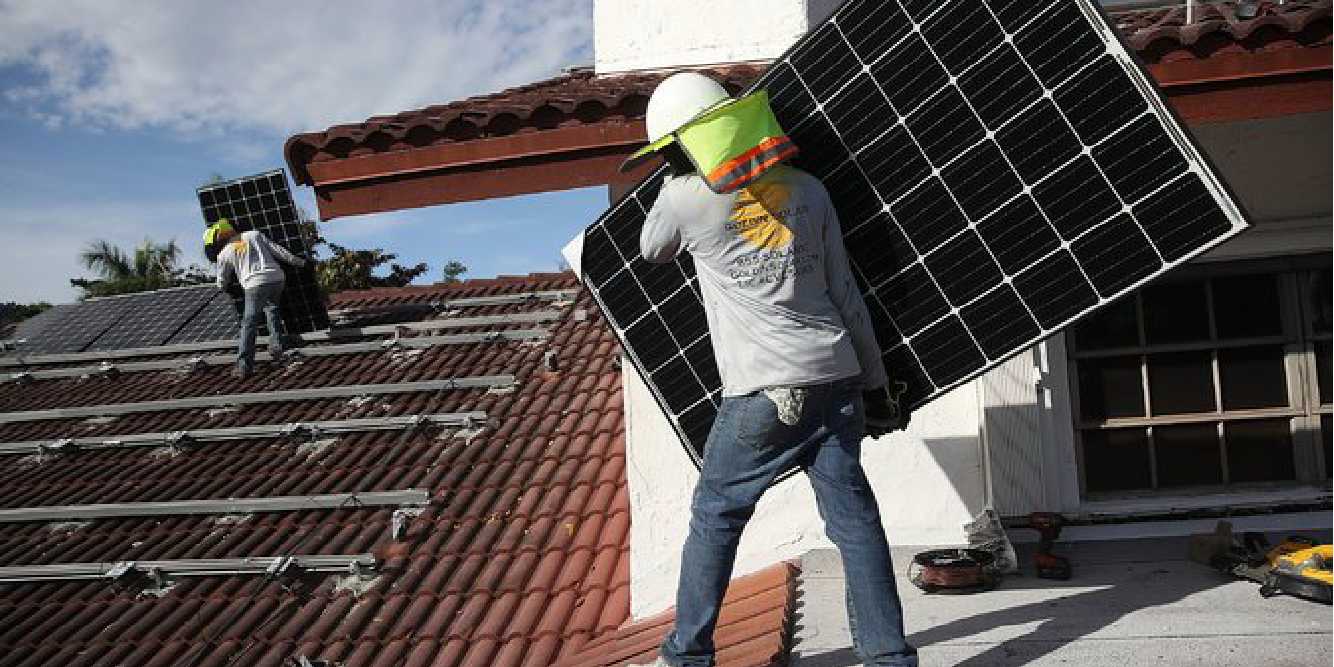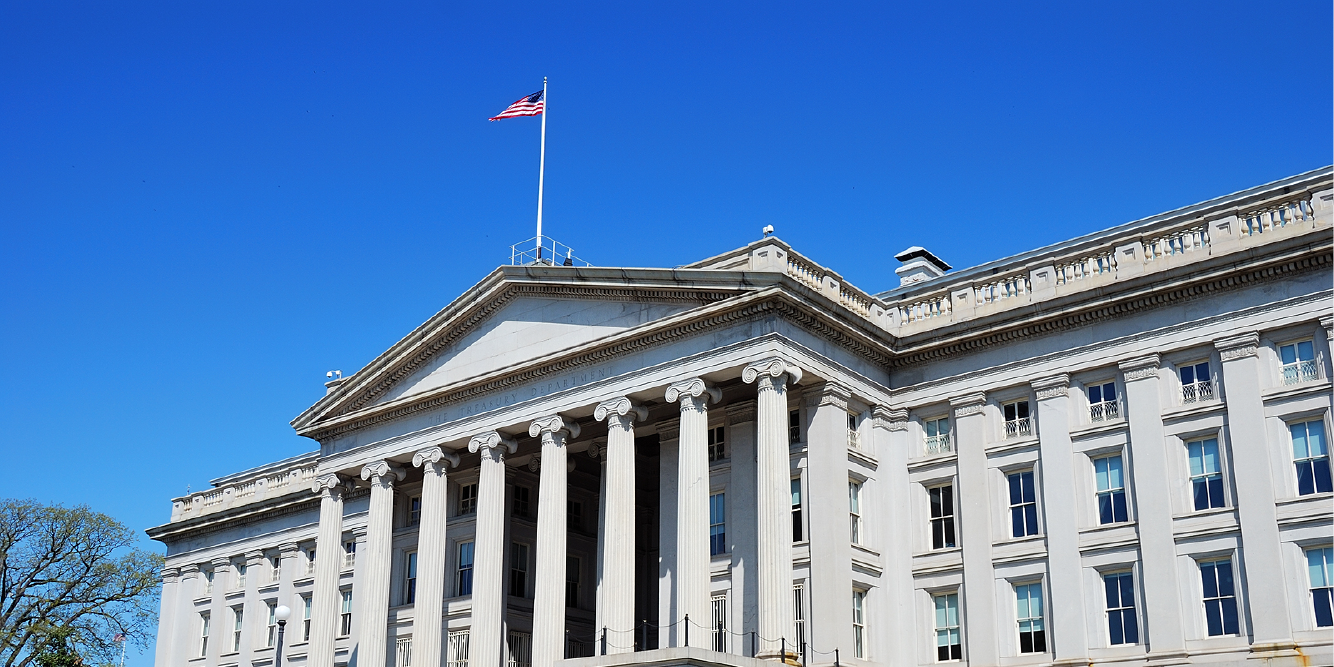Transportation
Surface Transportation
- Retain the fuel efficiency standards that are currently in effect through the 2025 model year. Phase in a zero-emission standard for some light- and medium-duty vehicles beginning in 2026, leading to a zero-emission standard for all new light and medium duty vehicles no later than 2030. Require zero emissions for new heavy duty (freight) vehicles by 2035. Offer incentives to internal combustion engine vehicle owners who scrap their vehicles to accelerate the decarbonization of the existing fleet, ensuring that lower-income households benefit equitably from consumer incentive programs.
- To ensure that state and local transportation investments are consistent with national climate policy goals, to advance environmental justice and equity, and to improve public health, condition federal transportation funding on state and local governments adopting transportation plans designed to: (a) achieve zero emissions from the surface transport sector by 2050; (b) assure affordable transit access to employment, schools, medical care, entertainment venues, and public services, including paratransit; and (c) avoid placing or expanding heavily trafficked highways, parking, freight distribution centers, and other high-polluting transportation infrastructure without requiring that polluting internal combustion engines be replaced with zero-emission technologies to avoid disproportionately exposing low-income communities and communities of color to the harmful health effects of vehicle pollutants.
- Transform to zero-emission fleets for school buses, other buses, and public transportation by 2030. Electrify rail by 2030. (See Solutionary Rail.[10]) Provide funds for low- and middle-income families to purchase electric vehicles.
- Invest in publicly owned high-speed rail with a focus on connecting major metropolitan areas within 500 miles of each other as soon as possible.
- Massively redirect resources and incentives to implementing “complete streets,” which are designed and operated for all users; incentivizing public transit, walking and biking; coupling housing and transit policy to encourage high-density affordable housing near transit; and requiring metropolitan planning organizations to reduce greenhouse gas emissions by 30% to 50% by 2030 and 100% by 2045, with an emphasis on access and affordability of transportation options. Consideration for funding should be given to the disproportionate lack of funding and resources in rural areas.
- Make federal surface transportation funding contingent on the adoption by statewide and metropolitan planning organizations of transportation plans that achieve quantifiable reductions in carbon dioxide pollution from mobile sources, averaged over each four-year transportation planning cycle.
- Recognizing the value of reducing air pollution from the transport sector, including pollutants that accelerate climate disruption and impair human health, tax policies to fund transportation infrastructure investments should be designed to ensure an equitable distribution of costs to users based on their use of, and impact on, facilities, and to encourage the replacement of vehicles that use polluting fuels with zero-emission vehicles.
Aviation
- By 2022, the Federal Aviation Administration develops air traffic optimization policies that minimize the overall climate impact of air travel, including not only carbon dioxide emissions but also other, non-carbon dioxide effects in the upper atmosphere.[11]
- Vastly increase R&D for efficiency and electrification of aviation.
- Achieve low to zero emissions in the aviation sector by no later than 2050, by deploying technology-forcing aviation emission standards for new aircraft types and the current aircraft fleet. Supersonic jets must meet the same emissions standards as subsonic aircraft.
- Implement a private jet and frequent-flier tax to avoid unnecessary flights, calibrated to the expected demand reduction needed to meet climate stability goals, while ensuring equity and mobility for isolated communities.
Shipping
- By 2030, require ships entering U.S. ports to achieve carbon dioxide emissions per ton of cargo that are half of the average rate of emissions in 2018. Vastly increase R&D to develop more fuel-efficient ships and low- to zero-emission ship propulsion technologies with the goal of eliminating greenhouse gas pollution from shipping.
References
[10] Solutionary Rail, www.solutionaryrail.org
[11] U.S. aviation is only 9% of U.S. transportation emissions and 2–3% of global greenhouse gases, but ~5% of the global warming impact that the Earth experiences due to the radiative forcing effects from burning jet fuel in the upper atmosphere.

